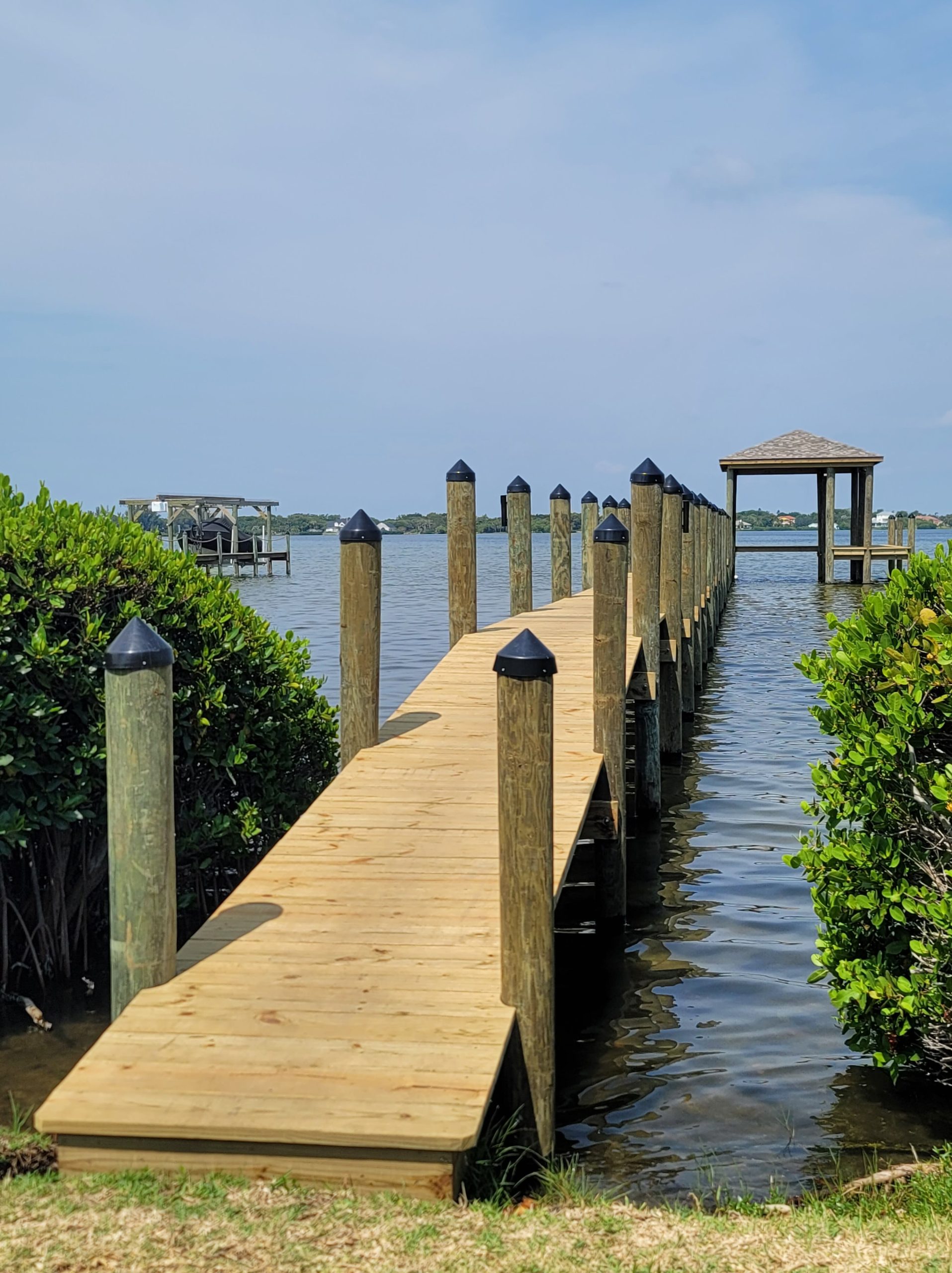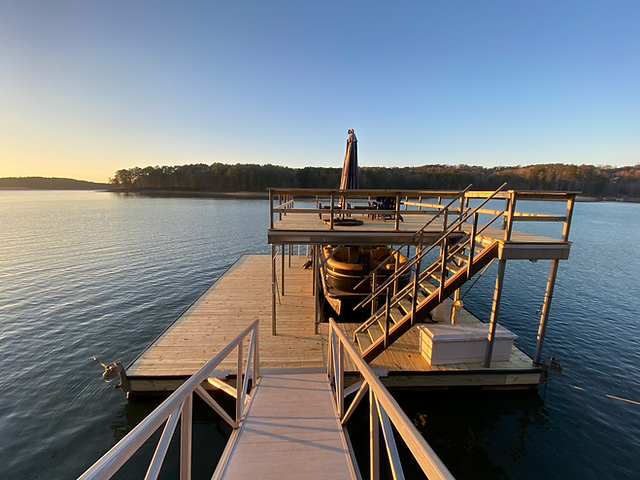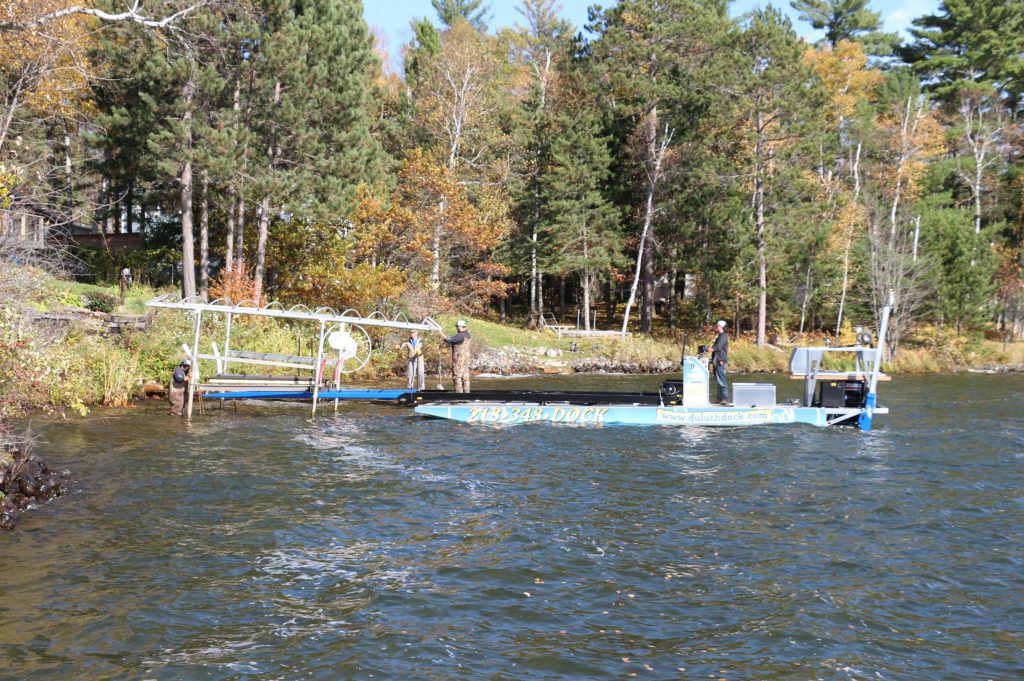Usual Problems That Lead to Pricey Dock Repairs
Usual Problems That Lead to Pricey Dock Repairs
Blog Article
Effective Dock Repair Service Techniques: Ensuring Architectural Honesty
Ensuring the structural stability of anchors with efficient fixing methods is vital for the durability and safety of marine facilities. This involves a multi-faceted method starting with thorough evaluations utilizing advanced innovations like sonar equipment and remotely operated vehicles (ROVs) to find both noticeable and concealed problems. Ultimately, selecting the right repair work materials, such as composite materials and corrosion-resistant alloys, is critical for resilience. Structural reinforcement approaches, consisting of the implementation of cross-bracing systems and load-distribution plates, play an essential role in mitigating anxiety factors. The value of these strategies becomes apparent when checking out advanced repair work methods and preventative upkeep strategies.
Examining Dock Damages
Assessing dock damages is a crucial initial step in making certain the structural stability and safety of any type of docking facility. This first analysis entails an extensive evaluation to identify both visible and hidden damages. Key facets to check out include the dock's structure, pilings, outdoor decking, and equipment. Each element must be looked at for indications of wear, rot, rust, or other types of destruction that might jeopardize the architectural integrity.
Architectural engineers or qualified inspectors usually do these analyses making use of specialized devices and techniques. Underwater evaluations may use sonar tools or remotely ran vehicles (ROVs) to spot submerged damage. Above water, visual assessments are enhanced by utilizing dampness meters and other analysis devices to reveal underlying concerns not immediately noticeable to the naked eye.

Choosing Repair Service Products
Picking the appropriate repair service products is a critical step in the dock reconstruction procedure, one that directly affects the durability and performance of the repaired framework. Product selection have to be driven by elements such as ecological problems, load-bearing demands, and compatibility with existing dock components. Timber is a traditional choice for anchors due to its all-natural durability and visual allure. Nonetheless, choosing the appropriate kind of timber, such as pressure-treated lumber or normally rot-resistant types like cedar or teak wood, is crucial to stand up to water settings.
Along with timber, composite materials are significantly popular due to their toughness and low upkeep requirements. Composites, typically made from a blend of plastic and wood fibers, use outstanding resistance to rot, insects, and UV damages. For steel anchors, picking corrosion-resistant alloys such as galvanized steel or marine-grade aluminum is vital to stop corrosion and ensure architectural integrity in saline water conditions.
Epoxy materials and marine-grade sealers are crucial for repairing splits and sealing joints, offering a water-proof obstacle and improving the dock's general strength. By carefully choosing top quality materials, dock repair services can accomplish durable outcomes, therefore safeguarding versus future degradation and ensuring risk-free, reliable use.
Structural Reinforcement Techniques
Efficient structural reinforcement methods are vital in ensuring the security and durability of dock repairs. This approach is especially effective for docks subjected to hefty tons or rough environmental conditions.
An additional important technique is the application of fiber-reinforced polymers (FRP) These materials offer high strength-to-weight ratios and outstanding resistance to deterioration, making them perfect for enhancing wooden or concrete anchors. FRP can be used in sheets or strips and bonded with epoxy resins to boost architectural honesty.
Supporting and securing systems likewise play a crucial function in architectural reinforcement. Cross-bracing, utilizing metal or wood beam of lights, can counteract side forces, minimizing persuading and activity. Securing systems, such as helical piers or driven stacks, offer a stable structure by transferring lots to deeper, more stable dirt layers.
Finally, the combination of load-distribution plates can assist distribute weight a lot more evenly across the dock's surface, reducing localized stress points. These strategies jointly ensure that docks stay durable and risk-free, capable of standing up to the rigors of their functional environment.
Advanced Repair Methods

An additional advanced method involves undersea welding, which enables repairs to be carried out my website without the requirement to dewater the area. This technique is particularly advantageous for resolving structural issues in submerged dock components, making certain marginal disruption to operations. Enhanced welding methods, paired with robot systems, supply accuracy and integrity, consequently expanding the life-span of the dock.
In addition, cathodic protection systems are applied to avoid deterioration in metal dock frameworks. By utilizing sacrificial anodes or pleased current systems, these methods successfully reduce the electrochemical processes that cause material degeneration.
Last but not least, progressed monitoring technologies, such as architectural health surveillance (SHM) systems, give real-time information on the condition of dock frameworks. These systems enable proactive maintenance and prompt treatments, ultimately ensuring the lasting architectural honesty of the dock.
Maintenance and Avoidance
Maintenance and avoidance are essential principles that underpin the long life and security of dock frameworks. Normal evaluations are paramount, enabling early detection of damage, potential weak points, and ecological influences. An aggressive approach, including regular checks for rust, rot, and architectural shifts, alleviates pricey fixings and prolongs the dock's functional life.
Precautionary procedures ought to consist of using safety coverings to steel elements to protect versus rust and utilizing treated wood to withstand degeneration. In addition, guaranteeing correct water drainage and air flow can prevent water accumulation, which is a typical reason for structural destruction. Incorporating high quality materials and sticking to manufacturer standards throughout building and repair service phases also play critical roles in enhancing sturdiness.

Educating workers in dock upkeep best techniques ensures consistent application of precautionary actions. Leveraging technological advances, such as drones for examinations and sensors for real-time monitoring, can better improve upkeep efforts. By prioritizing maintenance and prevention, dock owners can make sure structural stability, operational safety click here now and security, and cost-efficient monitoring over the dock's life-span.
Verdict
In verdict, preserving the architectural stability of marine centers demands detailed dock repair work strategies. Thorough evaluations using innovative devices uncover both visible and concealed problems, while the selection of suitable fixing products enhances resilience. Executing structural reinforcement methods addresses tension factors effectively. Advanced fixing methods, paired with regular maintenance methods, make certain the dock remains functional and risk-free under diverse environmental problems. Embracing these strategies substantially lengthens the lifespan and functionality of marine framework.
Ensuring the structural integrity of anchors with effective repair methods is critical for the long life and security of aquatic facilities.Selecting the appropriate repair work products is a pivotal step in the dock restoration his explanation procedure, one that directly affects the durability and performance of the repaired structure.Efficient architectural reinforcement techniques are essential in guaranteeing the stability and durability of dock fixings. By prioritizing maintenance and avoidance, dock proprietors can make sure architectural honesty, functional security, and economical monitoring over the dock's lifespan.
In conclusion, keeping the structural stability of aquatic facilities demands comprehensive dock repair strategies.
Report this page